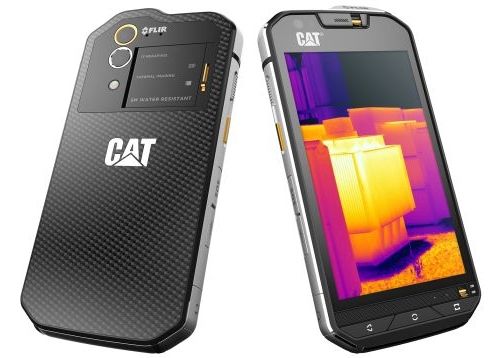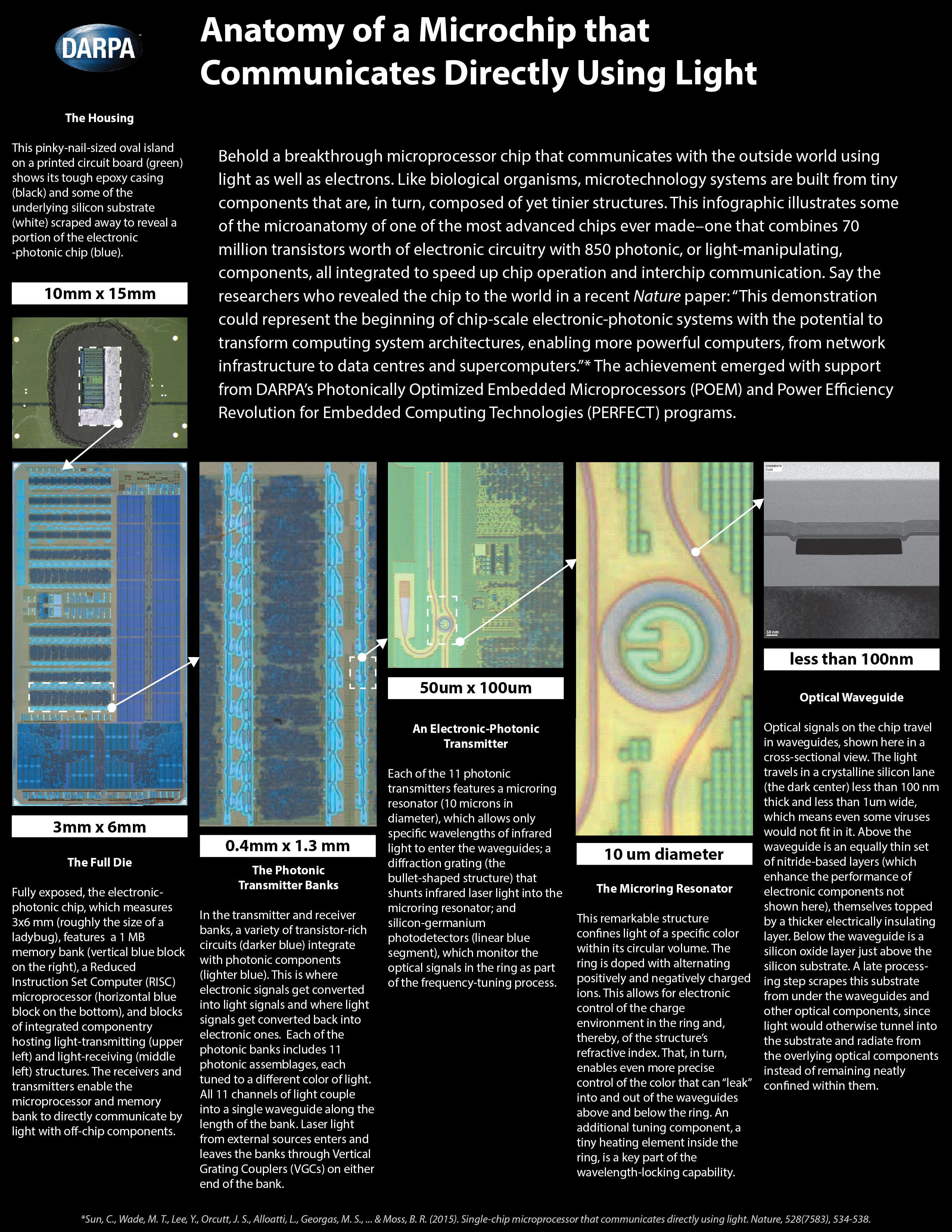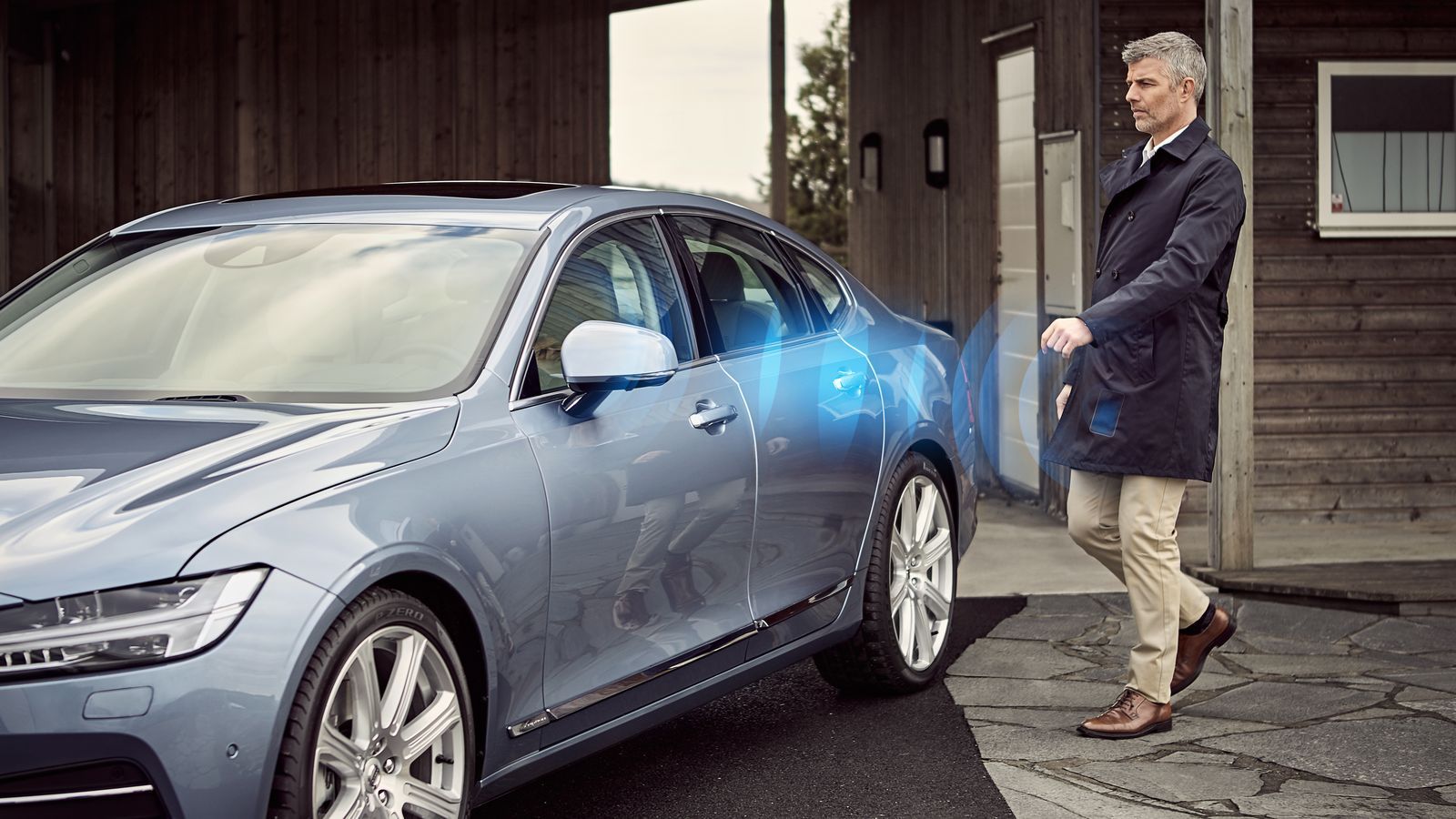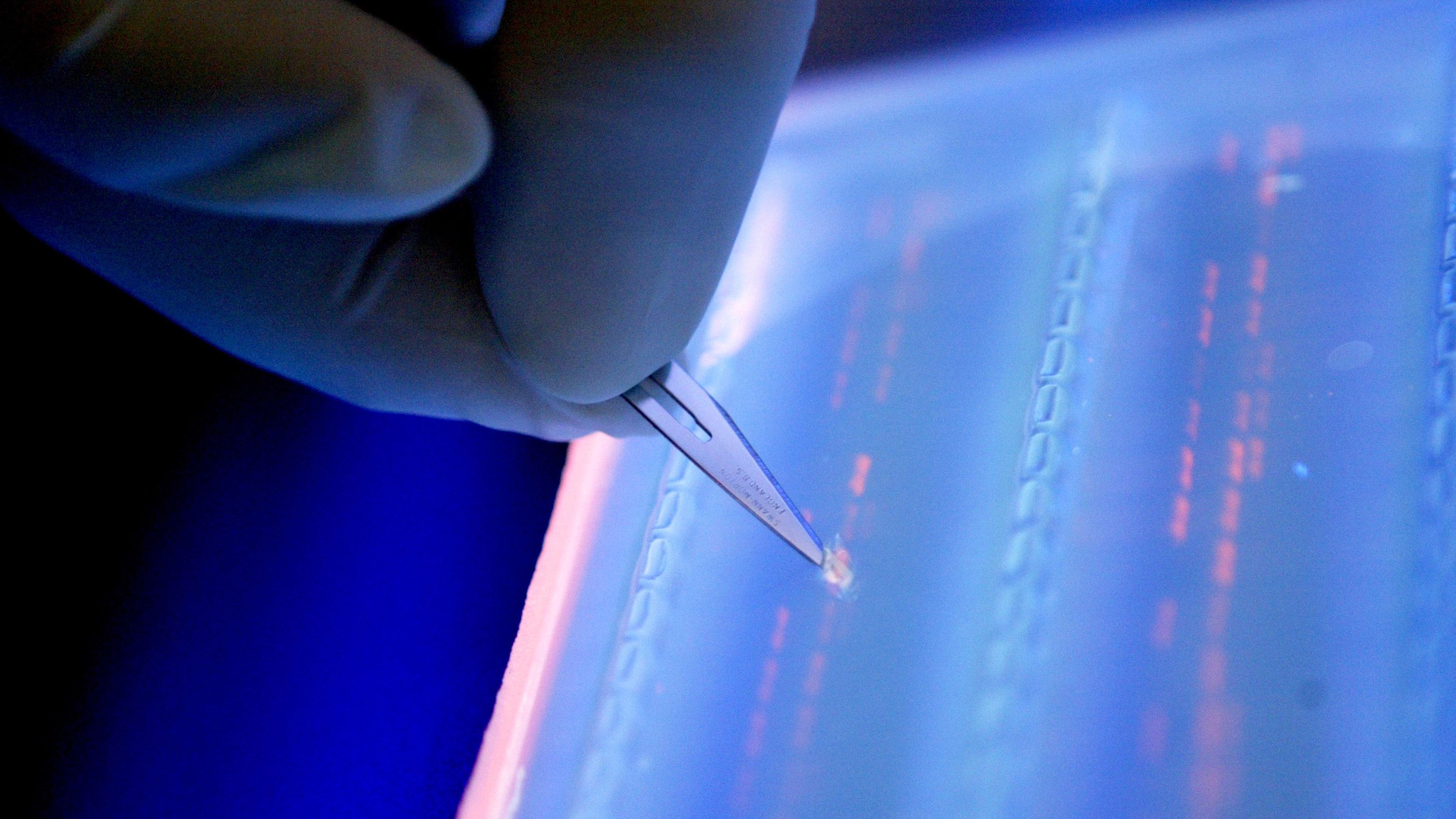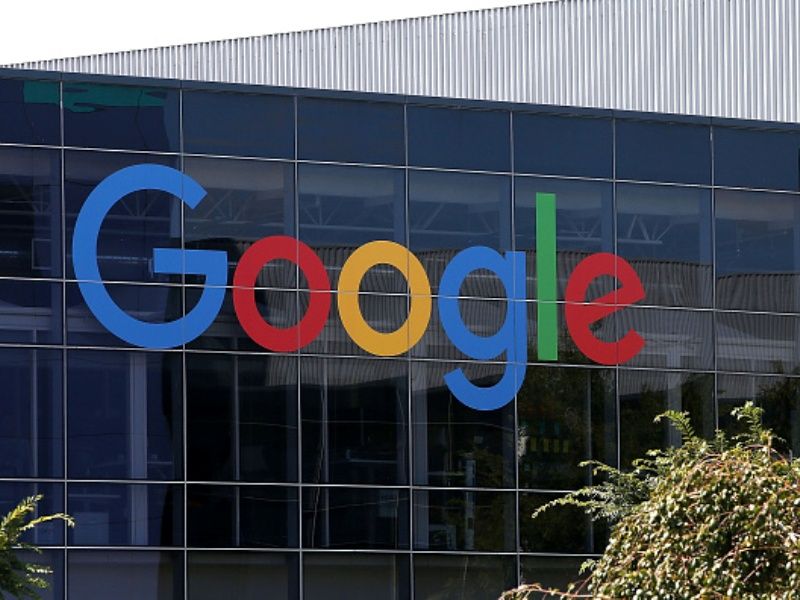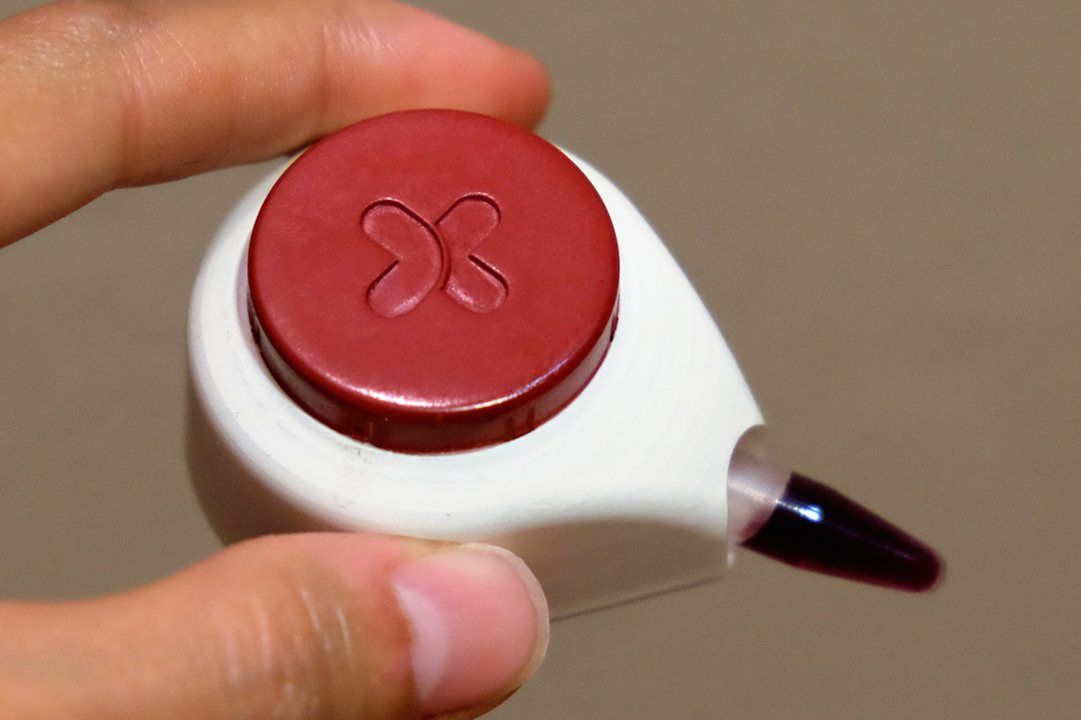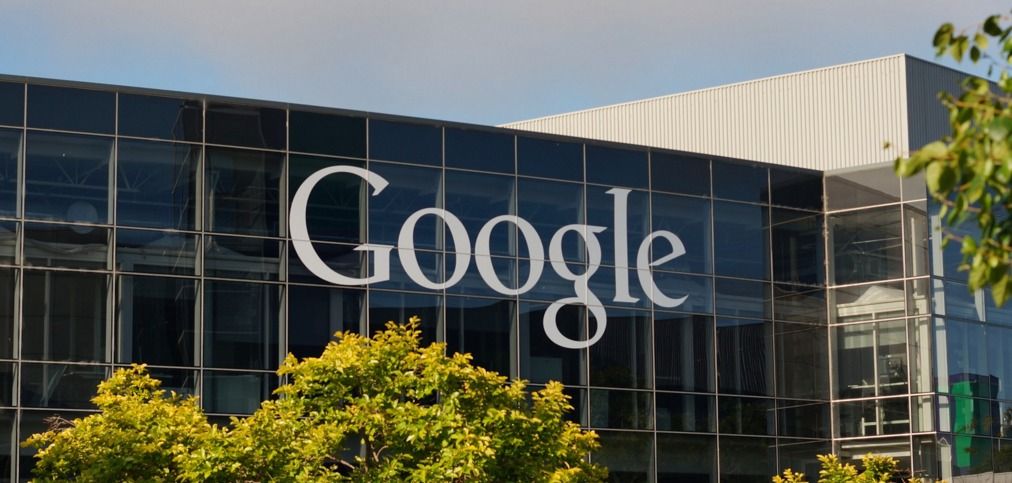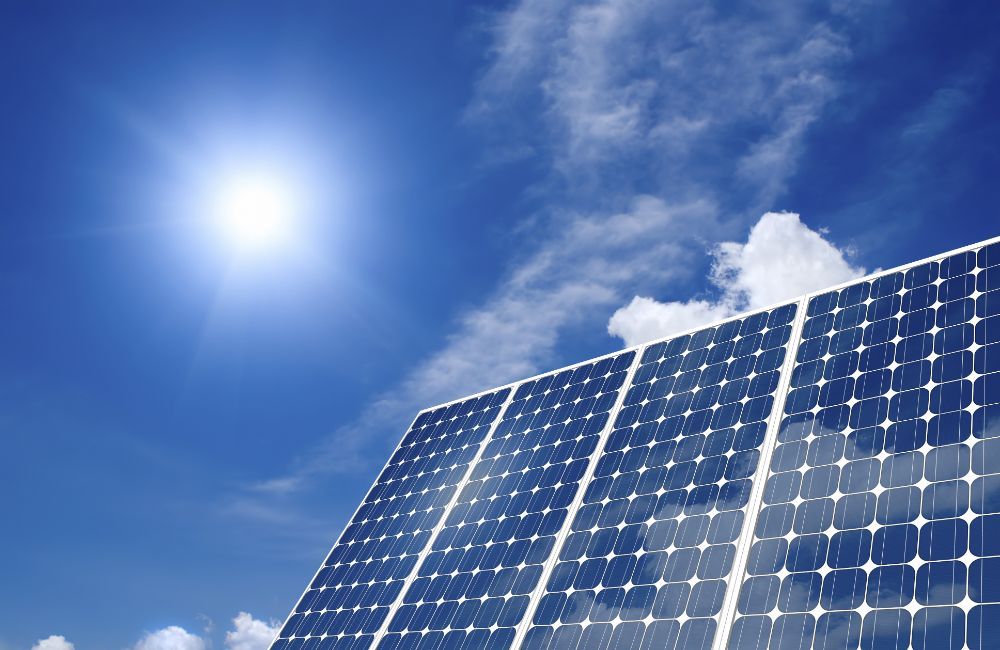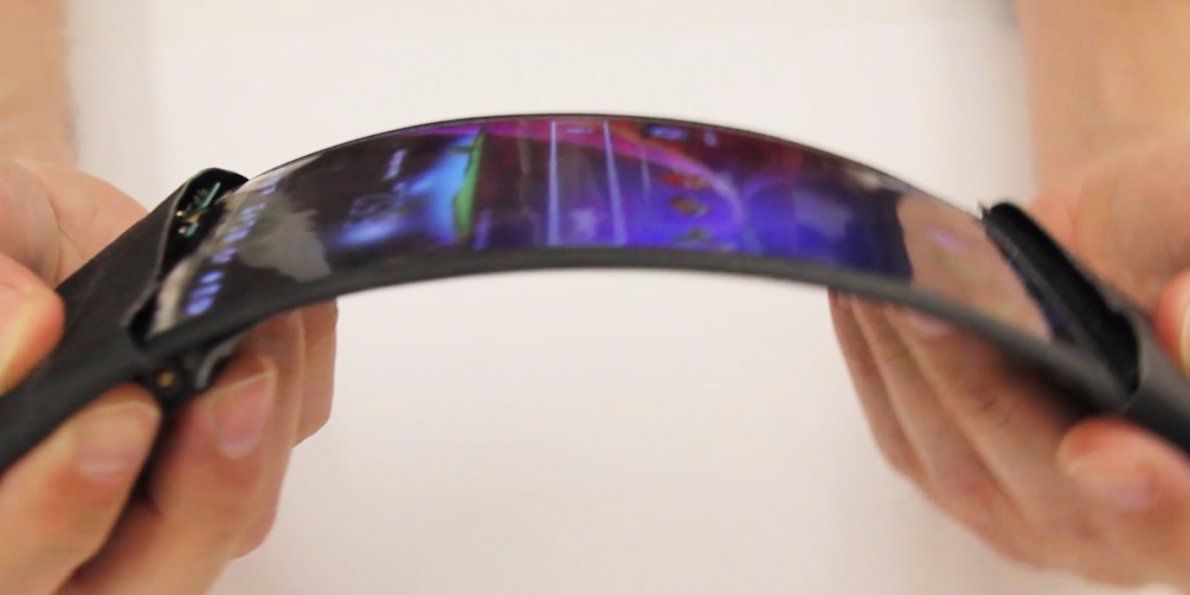Once strictly an extremely expensive tool used only by law enforcement and the military, thermal cameras are now accessible to anyone with a smartphone and a $250 accessory. But starting with Caterpillar’s new rugged S60, thermal imaging sensors are starting to be built right into smartphones.
The FLIR ONE thermal camera started life as a bulky case for the iPhone 5, but was eventually streamlined into a compact dongle that connected to the microUSB or Apple Lightning port on the bottom of iOS or Android smartphones. With the new CAT S60 smartphone, however, the Lepton sensor that allows FLIR cameras to see in total darkness has finally been integrated into the device itself, alongside its standard rear camera.
